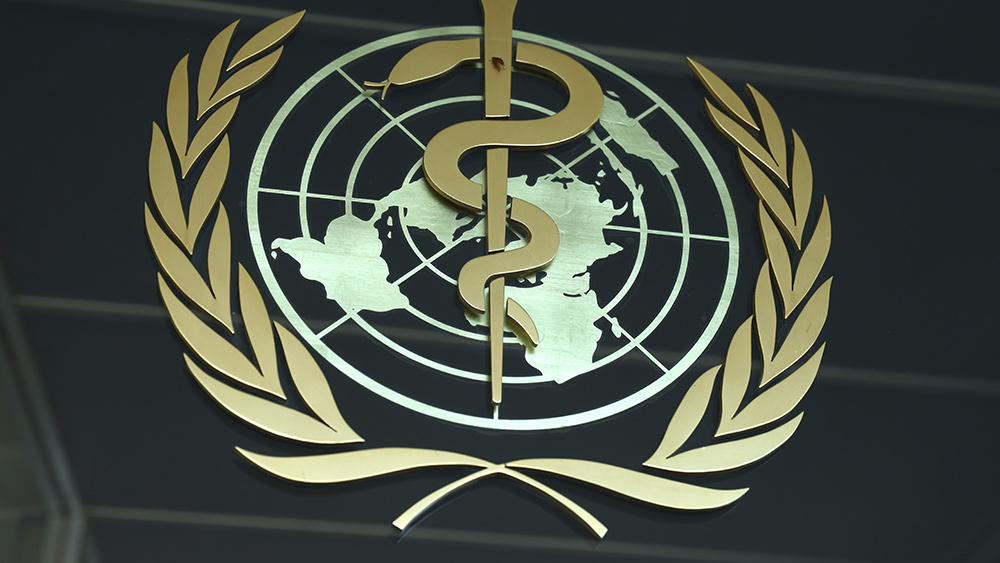
According to the Florida Department of Health (DOH), the Vibrio vulnificus bacteria, which can be found in raw or undercooked seafood, saltwater and brackish water, led to the death of two people since January in Hillsborough County, home to 1.3 million people in Tampa.
An additional person died in each of the surrounding Pasco, Polk and Sarasota counties. Florida has recorded a total of 26 cases of the bacterial infection statewide this year.
In New York, Governor Kathy Hochul announced last week that the bacteria was detected in a person who died in Long Island. New York health officials are still investigating how the Long Island victim was infected.
In Connecticut, three people, aged between 60 and 80 years old, were infected with the bacteria in July, the state's Department of Public Health said. Two of those patients have since died.
One of the Connecticut patients reported eating raw oysters from an out-of-state establishment, while the other two reported exposure to salt or brackish water in the Long Island Sound. Brackish water is created when fresh water from a river or lake meets seawater, which has salt in it.
The Florida Health Department warned people not to get into warm, brackish water if they have fresh cuts or scrapes because the bacteria can enter the body through a cut or wound and cause an infection. The department did not list the cause of the infection in the five cases.
Meanwhile, three North Carolina residents died from the infection last month. Two of the three deaths occurred after their scratches were exposed to brackish water. The third case also had brackish water exposure and that person also consumed personally caught seafood, according to a news release from the North Carolina Department of Health and Human Services (HHS).
In June, a 54-year-old Missouri man died after he contracted the bacteria while eating raw oysters, according to NBC News.
Study: Flesh-eating bacteria is heading north
"Vibrio vulnificus is migrating north, studies have found. The warmer water is, the more bacteria can reproduce faster," said researcher Gabby Barbarite of Florida Atlantic University's Harbor Branch Oceanographic Institute in Fort Pierce, Florida.
Infections have increased eight-fold between 1988 and 2018 in the U.S., according to research published in March in the journal Scientific Reports. The bacteria and infections are spreading northwards up the East Coast at a rate of about 30 miles a year, researchers said.
Cases used to be concentrated almost exclusively in the Gulf of Mexico in the southern U.S., Dr. William Schaffner, an infectious disease expert at Vanderbilt University, told USA Today earlier this year. (Related: Just 10 minutes of swimming in the ocean is all it takes for infection-causing bacteria to alter skin microbiome - is pollution to blame?)
Vibrio vulnificus is "actually always in water," Manisha Juthani, the commissioner of the Connecticut Department of Public Health. "What happens in the summertime is that bacteria like this tend to overgrow and if you have an open wound, you should never be getting into the water because there are a number of bacteria that are in the water."
Particularly at risk are persons who have chronic liver disease, kidney disease or a weakened immune system.
The infection is rare – only about 100 to 200 cases are reported in the U.S. each year, according to Cleveland Clinic. If you get it from eating raw shellfish (usually oysters), it takes only a few hours for it to spread from your gut to your blood and other organs.
People should go to the emergency room right away if they exhibit symptoms of the infection, such as:
- Watery diarrhea, often accompanied by fever, nausea, stomach cramping and vomiting
- Fever, redness, pain, swelling, warmth, discoloration and discharge (leaking fluids) for wound infection, which may spread to the rest of the body
- Blistering skin lesions, chills, fever and dangerously low blood pressure for bloodstream infection
According to the CDC, you can reduce your chance of getting infected with the bacteria by following these tips:
- If you have a wound (including from a recent surgery, piercing or tattoo), stay out of salt water or brackish water, if possible. This includes wading at the beach.
- Cover your wound with a waterproof bandage if it comes into contact with saltwater, brackish water or raw or undercooked seafood and its juices. This contact can happen during everyday activities, such as swimming, fishing or walking on the beach. It could also happen when a hurricane or storm surge causes flooding.
- Wash wounds and cuts thoroughly with soap and water if they come into contact with salt water, brackish water, raw seafood or its juices.
- Avoid eating raw or undercooked seafood, particularly oysters. Avoid mixing cooked shellfish with raw shellfish.
Visit Outbreak.news for more stories like this.
Watch this video to learn more about the flesh-eating bacteria.
This video is from the Daily Videos channel on Brighteon.com.
More related stories:
Flesh-eating bacteria deadlier than sharks wreaking havoc in Florida after Hurricane Ian.
Hurricane Ian aftermath: Floridians grappling with spread of flesh-eating bacteria.
Sources include:
Please contact us for more information.






















